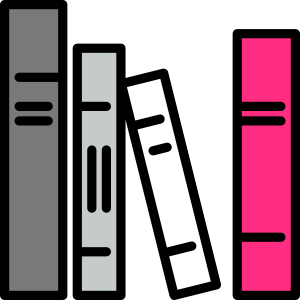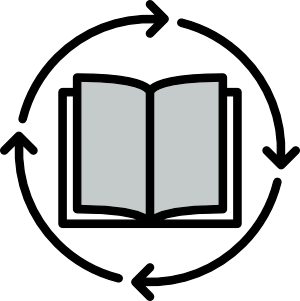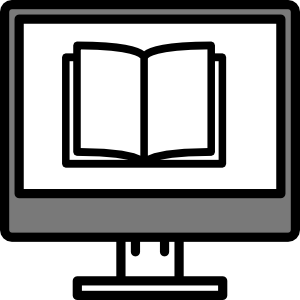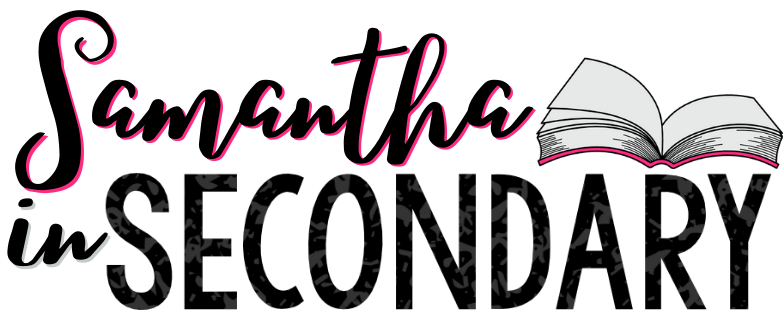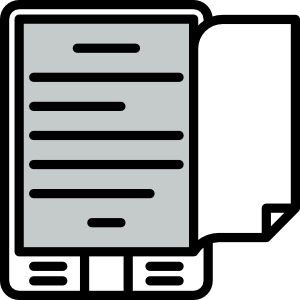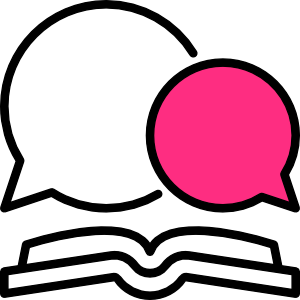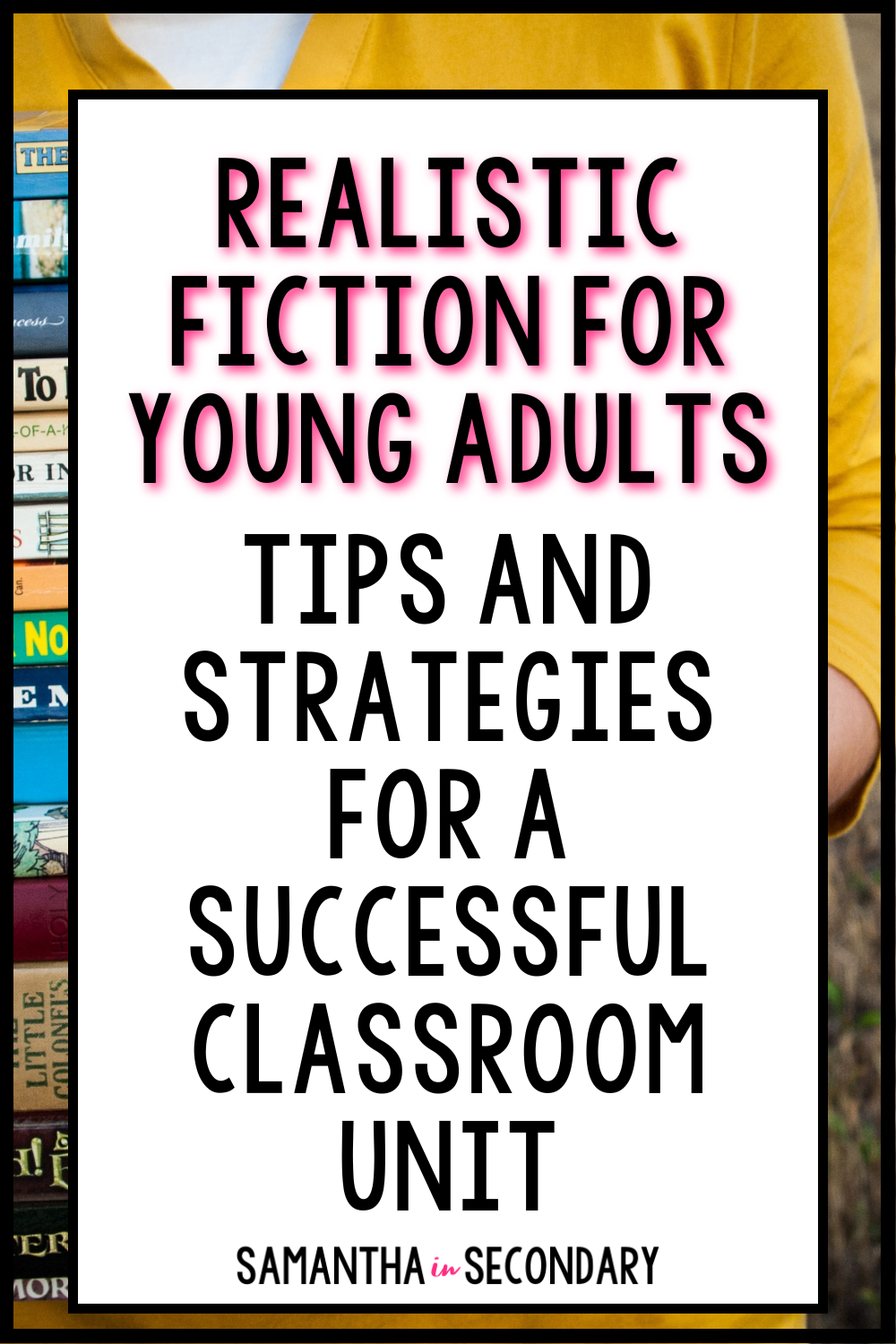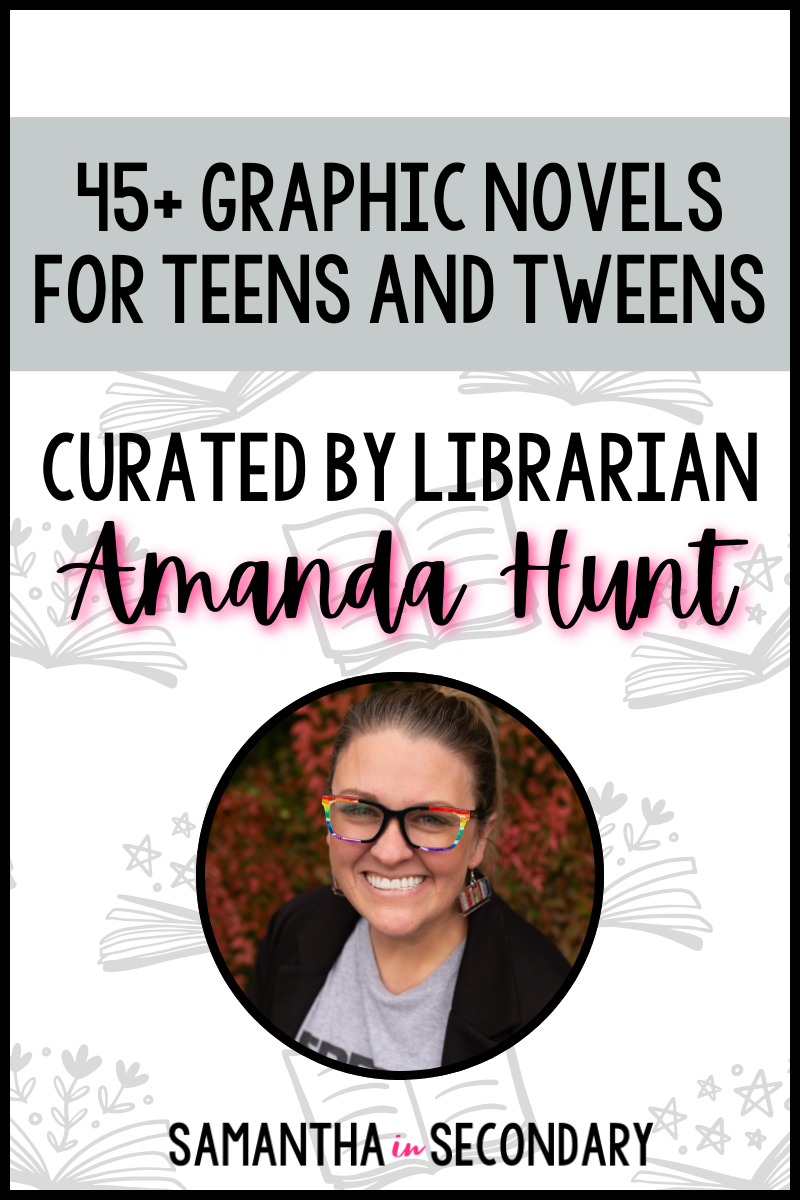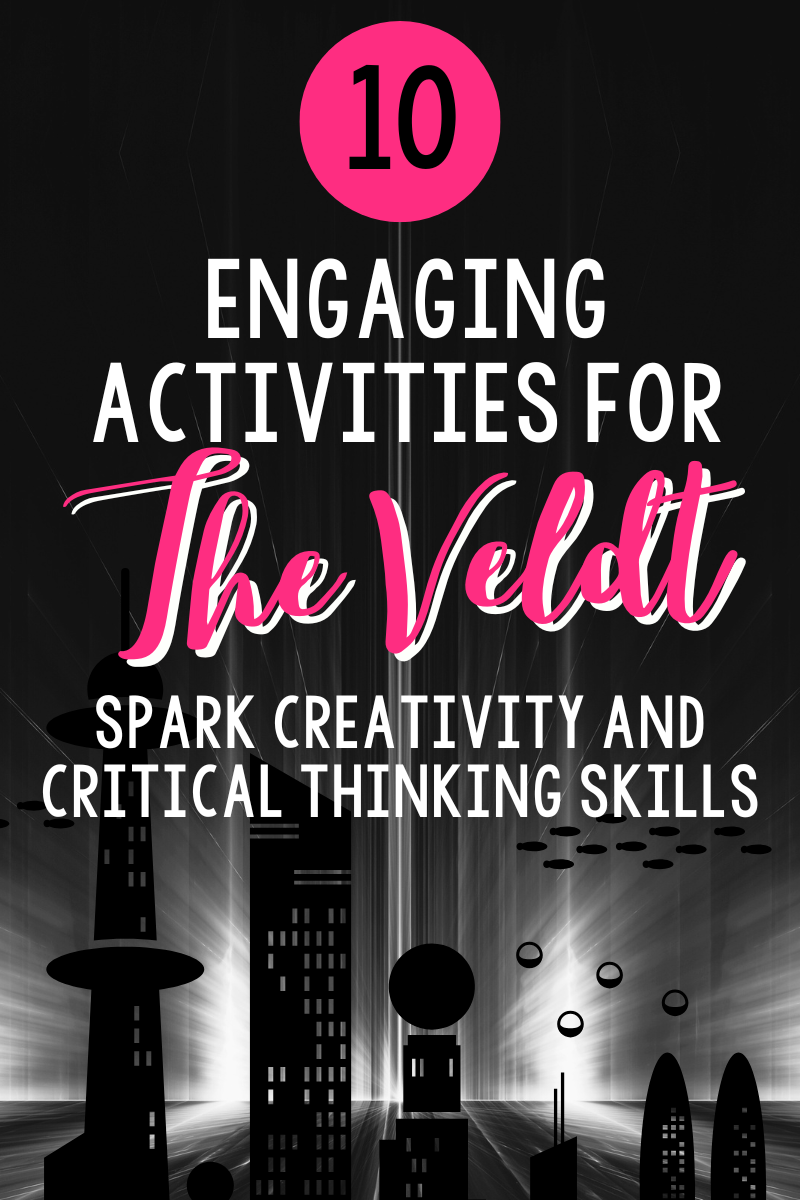Have you ever wished there was a better way to introduce your students to the world of English Language Arts? You can cultivate a culture of literacy in your classroom that is both productive and enjoyable with this Reader Timeline Project. It’s a great icebreaker ELA activity that has students analyze their own history as readers and complete a short reflection.
This post will cover what you need to know to implement a reading timeline within your secondary ELA classroom. Read on for info, tips, and links to helpful resources.
What’s a Reader Timeline?
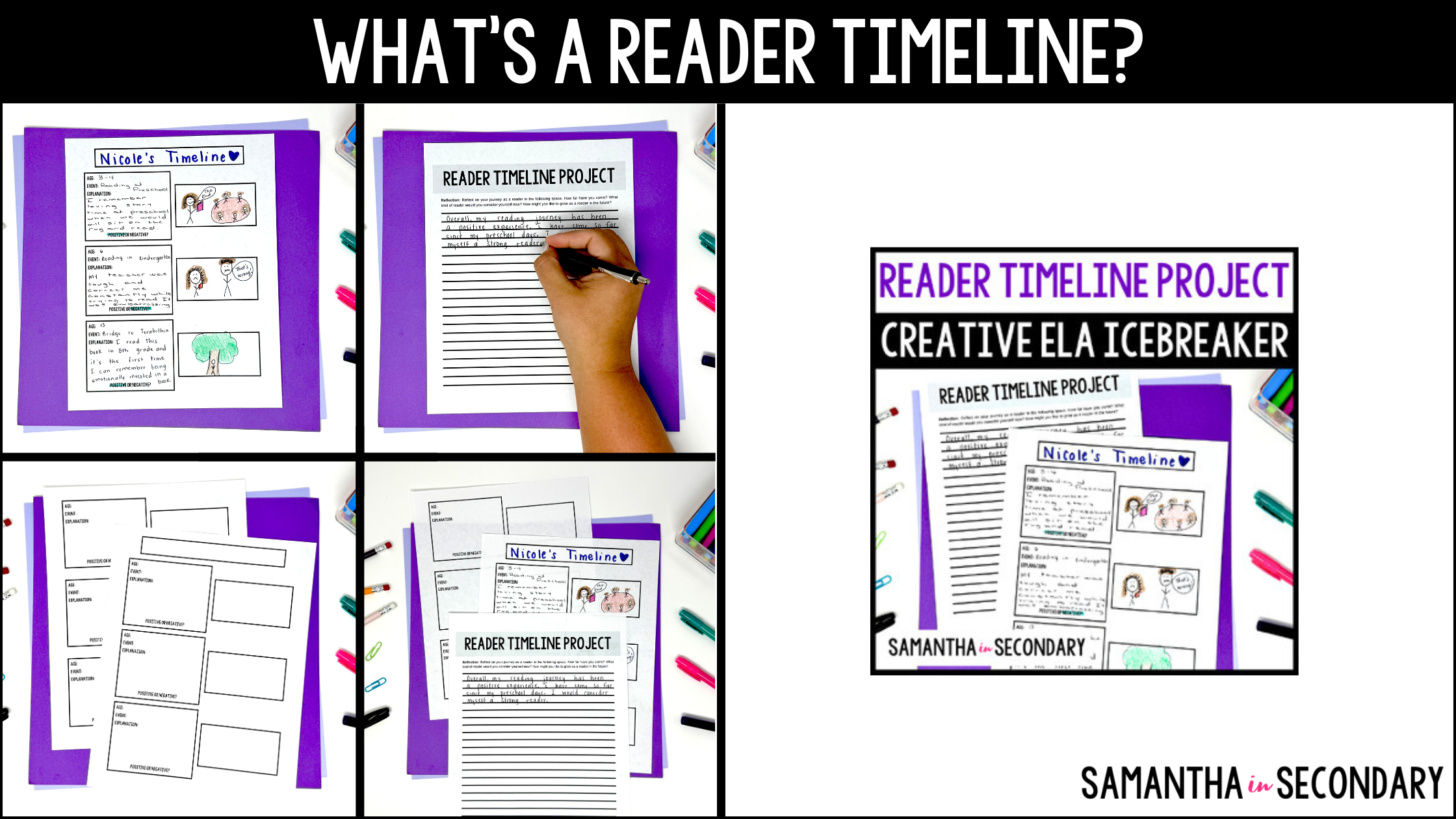
This autobiographical project encourages ELA students to analyze their own history as readers. Students think about their experience with books in the past. For example, they might think about reading as a small child, or books that they loved (or hated) over the years. It’s meant to help students think about themselves as a reader and reflect on their journey.
Why Use a Reader Timeline?
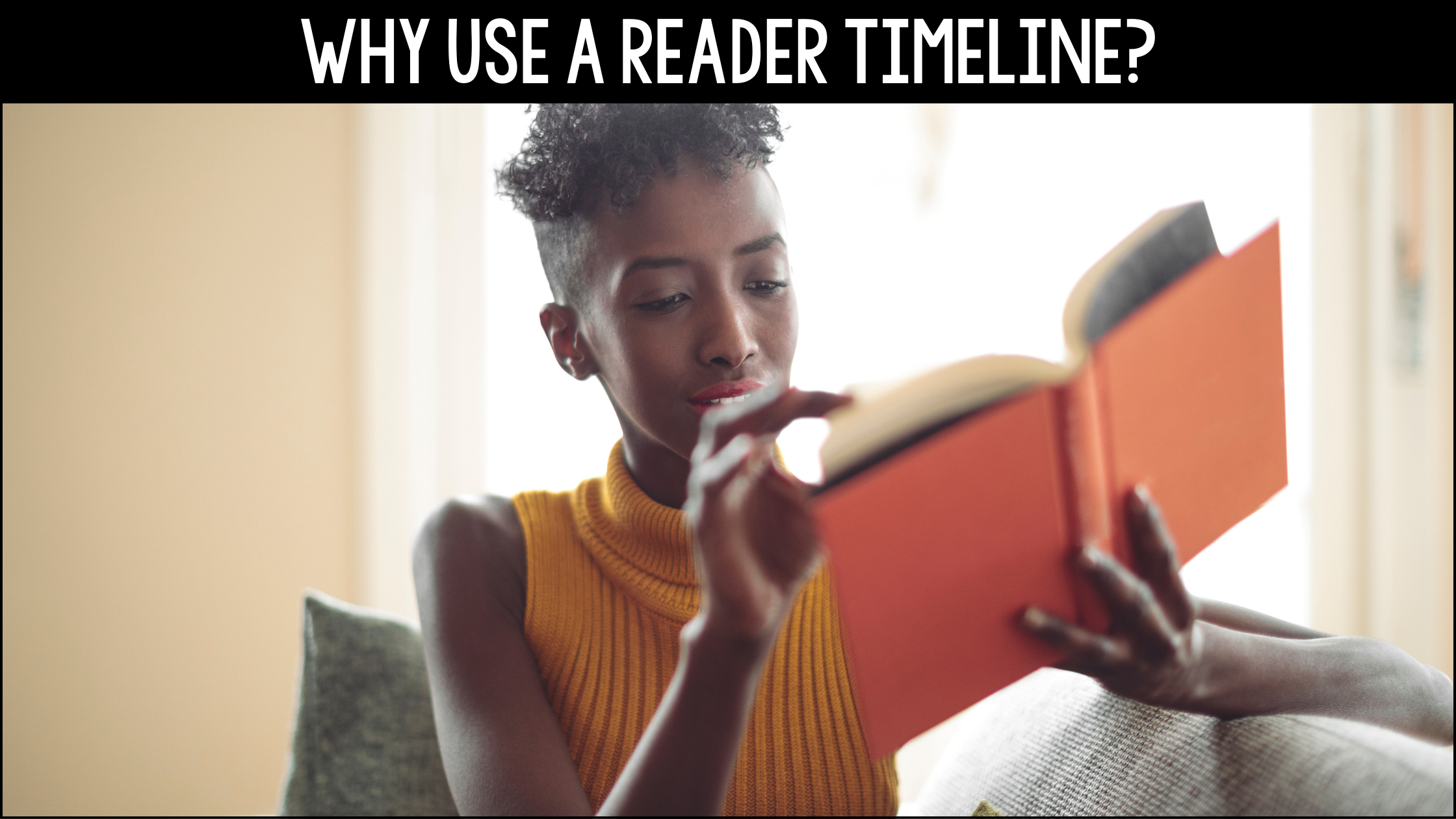
Students participating in this icebreaker will self-reflect on their journey as readers. This ELAA project gets your class to think about reading and the impact of books in their lives. Your students will have a better understanding of themselves as readers and appreciate where they are in their reading journey. The intent is to ignite engagement and create a meaningful experience. When students take the time to reflect on the value or impact of reading, even if they don’t particularly enjoy reading, it creates a real-world reflection. In turn, you can direct your students to reflect on any further reading in your classroom. I believe this helps create a class culture of seeking value in any lesson or unit.
How to Use a Reader Timeline
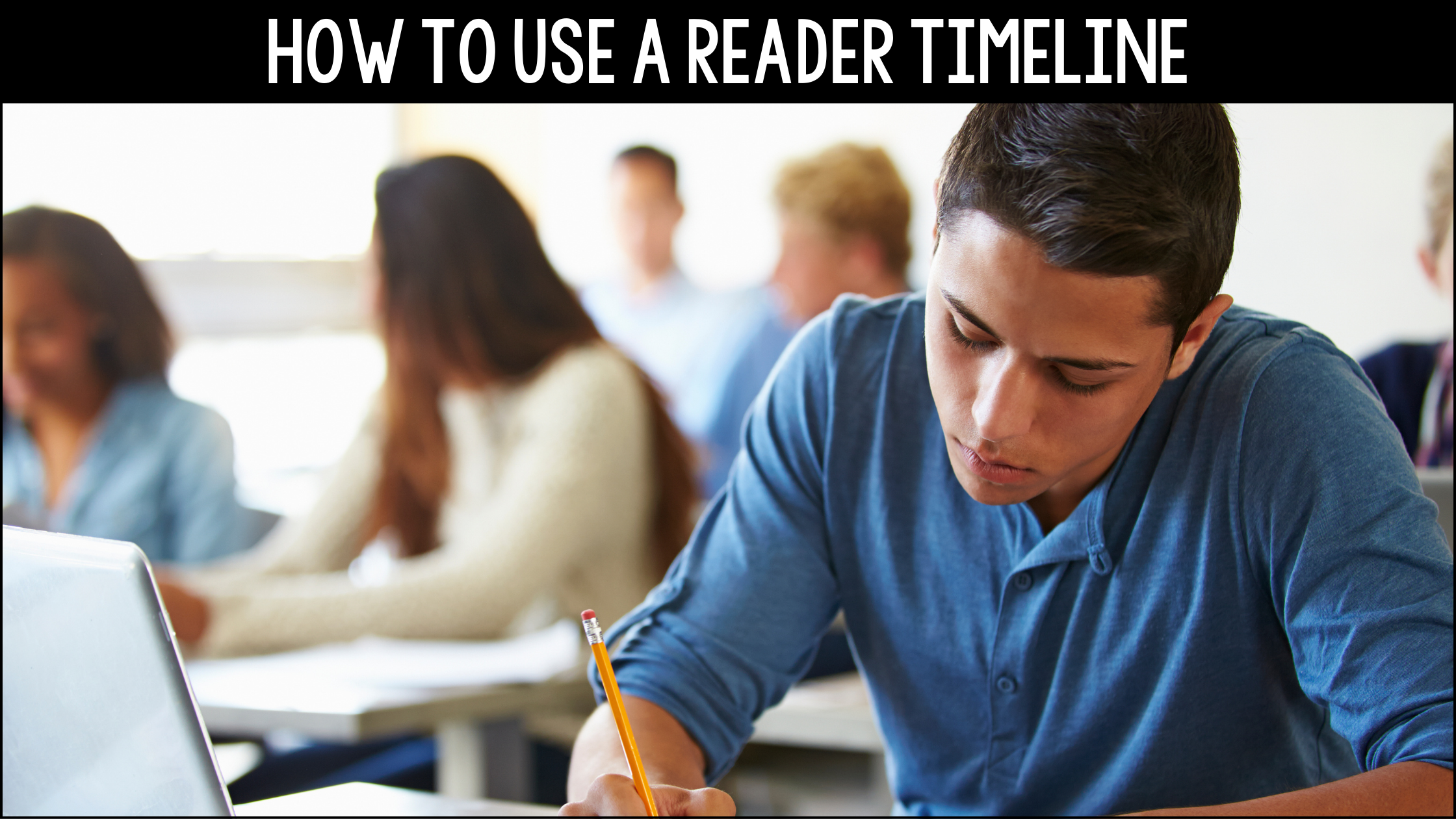
The Reader Timeline Project is already an engaging and innovative activity. You can adjust in whatever way that will fit your class size and culture, but here are some suggested strategies.
First, you will need to decide how you want your students to create the timeline. You can print a template for students to use or you can go digital with Google Slides, Google Drawing, Canva, or any other teacher-approved program. Decide what options you will allow students to use.
Even though this is an independent project, you might consider giving students time to work in groups or as a class to brainstorm. Some students might find it difficult to get started thinking about books that have held meaning or what they were like as young readers. This might be brainstorming children’s books that they can remember, which might spark other memories from your class. In small groups you might have students share some thoughts about their reading before they work independently. You can also prepare an example using your own reflection. I find that providing examples helps students with their own assignment. Be sure to give students plenty of time to work independently.
Students will have different timelines and different age ranges that have made an impact in their lives. They will discuss different books and have different feelings on reading and the value they place on reading. It would be a great idea to include a gallery walk or short presentation at least in small groups about the different timelines. It will also help you get an idea of the feelings your students have in regards to reading.
Done-For-You Reading Timeline Project Resource
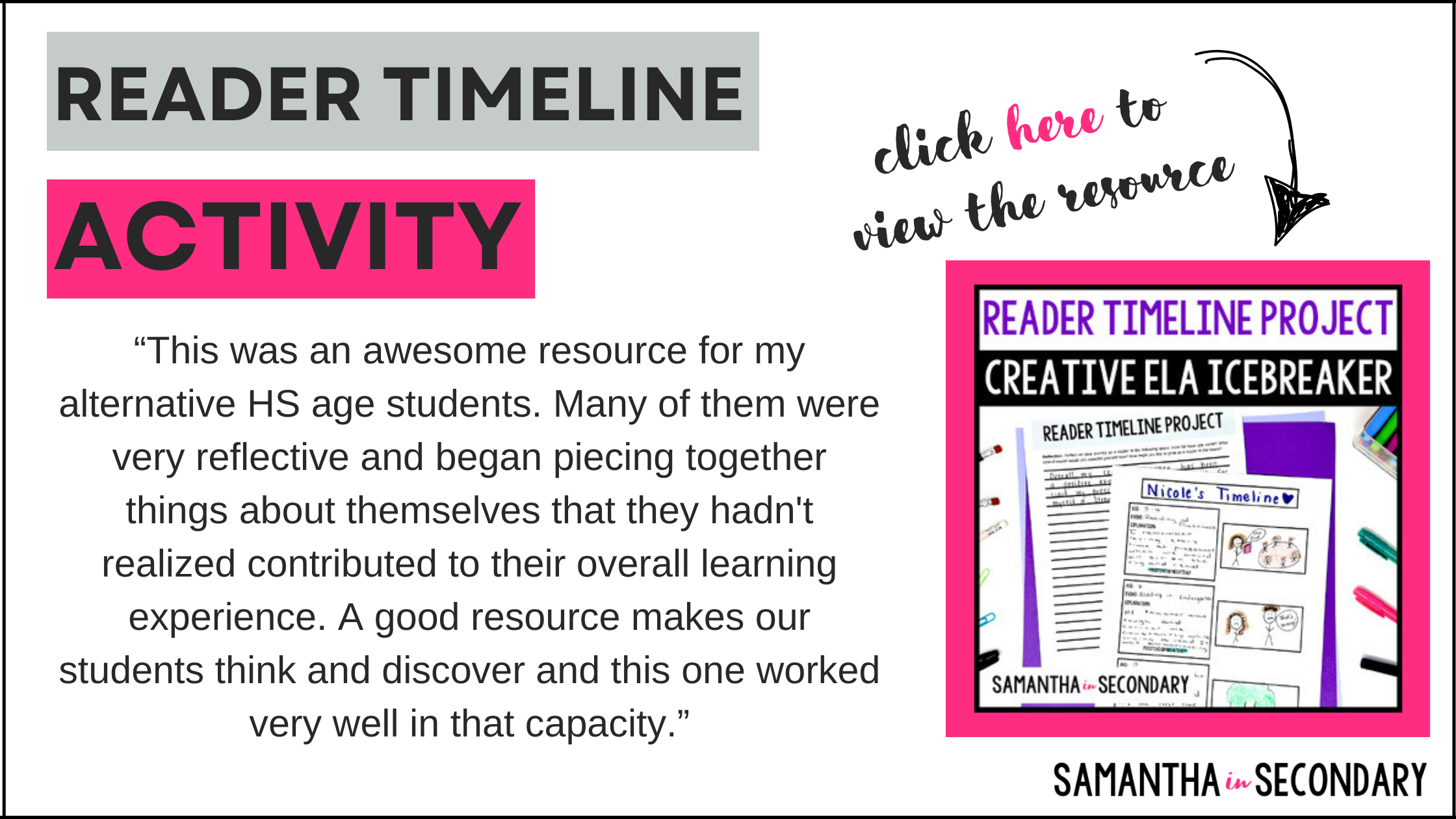
If you’d like to use my specific ELA activity complete with templates, instructions, rubric, and examples, find it here in my shop! It’s ready to print and use right now.
Utilizing a Reading Timeline Project in secondary English Language Arts classes can serve several purposes. Students analyze their own journey with reading which allows them to reflect on the relationship they have with books over the years. By the end of the project, your students should have a better understanding of themselves as readers and appreciate where they are in their reading journey. Students will reflect on how far they have come as readers, discuss what kind of reader they consider themselves, and how they might grow as a reader in the future. It’s a great activity for the first day of school, during the back-to-school season, or when you have a new group of readers you’d like to get acquainted.
I’d love to know what you think of the reading timeline project with students and any other engaging ELA activity suggestions you have when helping students create connections with reading material. Sound off in the comments below or follow me on Instagram to join the conversation.
Happy teaching!

